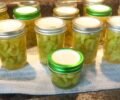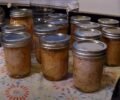Related Recipes
-
Easy Pickled Onions and Beets Recipe
By Kawther
-
Canning Celery: A Step-by-Step Guide
By Kawther
-
Canning Fresh Tuna
By manar













